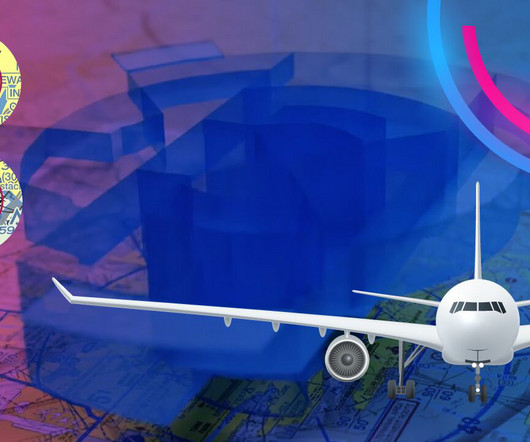Trial by Ice
Air Facts
MAY 5, 2025
The general prognosis indicated no icing in the clouds, no turbulence and a quartering headwind from the west resulting in a mere five knots of headwind component. Instead of a gentle breeze out of the west, we had over 20 knots of headwind blowing out of the south. Class had begun for one young and inexperienced instrument pilot.











Let's personalize your content